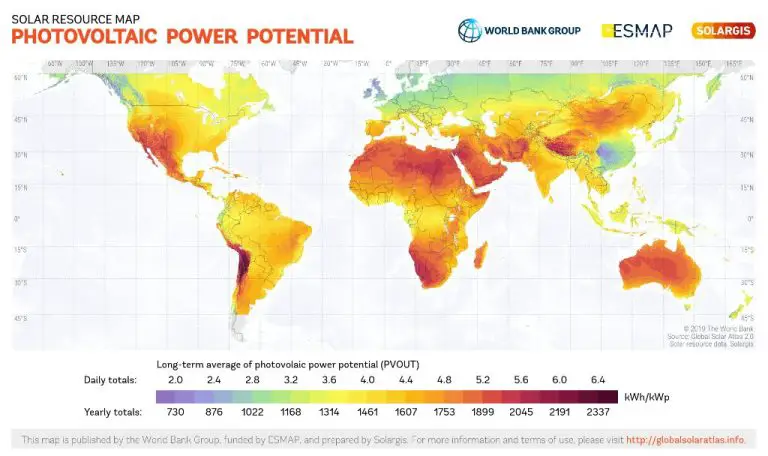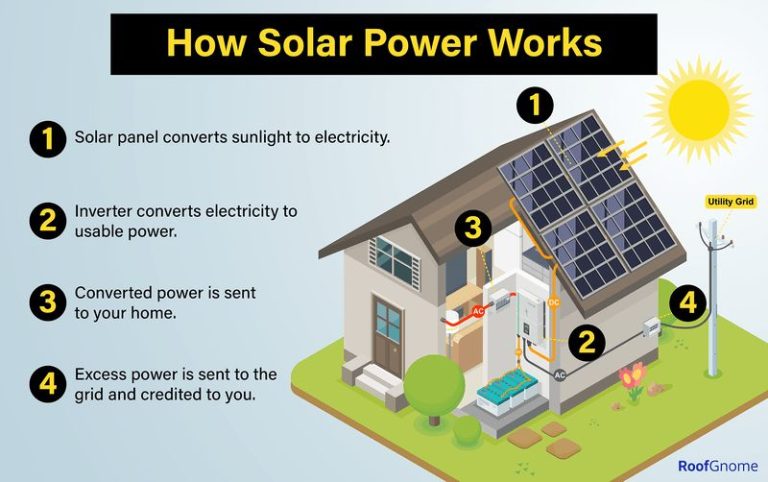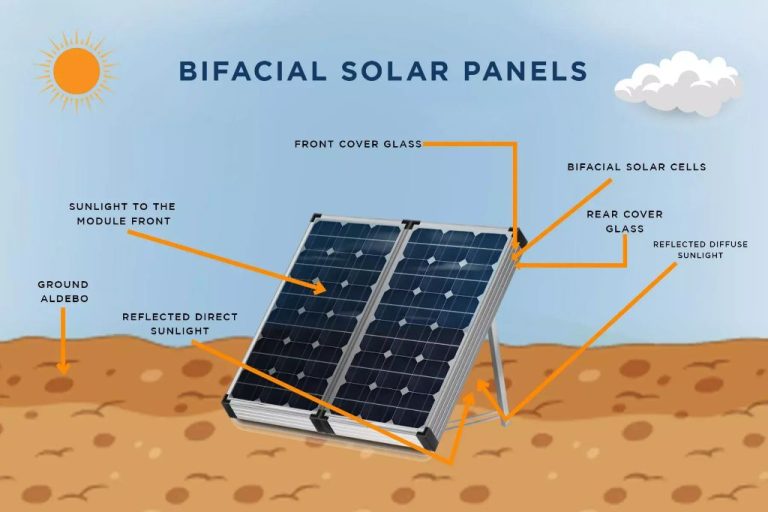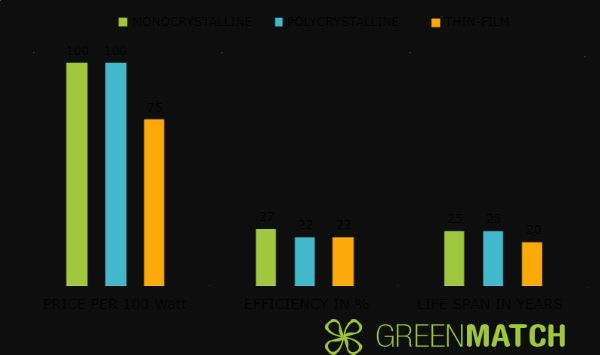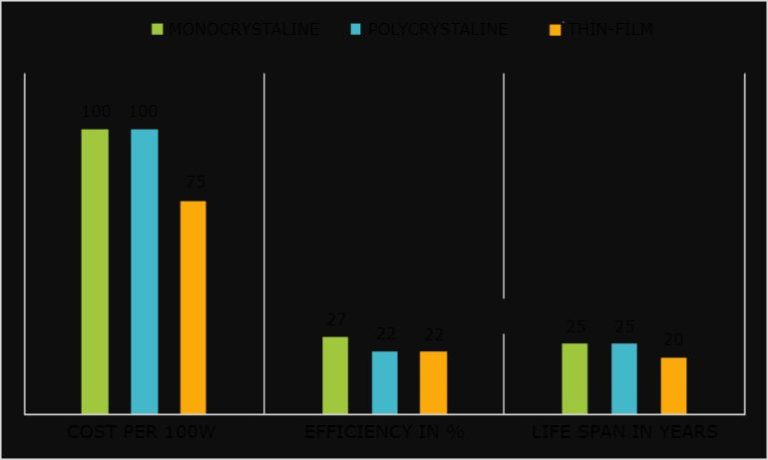How Can I Make My Solar Panels Cost Less?
Understand the Costs of Solar Panels
When considering installing solar panels, it’s important to understand the main costs involved. The total cost can be broken down into three main categories:
- Equipment – This includes the solar panels, inverters, racking and wiring needed for the system. The panels themselves make up around 50% of the total system cost.
- Installation – Most homeowners choose to hire a solar company to design the system and install it. Installation fees represent around 25% of the total cost.
- Permits & Fees – Building permits, inspection fees and utility interconnection fees make up around 15% of costs. Costs vary by location.
Understanding this cost breakdown can help you identify areas where savings may be possible, such as installing the system yourself or shopping around for competitive equipment pricing.
Evaluate Your Energy Usage
Assessing your home’s energy consumption is an important first step when considering solar panels. Analyzing your utility bills can determine how much energy your household uses and when you use the most electricity. Understanding your energy needs will help properly size a solar panel system to match your usage and maximize potential cost savings.
Review 12 months of past electric bills to calculate your average monthly energy consumption. Note seasonal fluctuations – usage often spikes in summer months due to air conditioning and is lower in milder seasons. Knowing your peak demand periods helps determine the solar array size needed to cover the most energy.
Online solar calculators can take your location, system specs, and energy usage data to estimate required panel capacity. Overestimating your needs leads to unnecessary costs, while underestimating can mean your system doesn’t fully meet demand. Proper load analysis ensures your solar array and inverter are scaled for optimal electricity offset.
In addition to total energy used, examine your usage patterns throughout the day. Solar panels only produce power during daylight hours, so systems are most cost-effective if you consume more energy during the daytime. Consider shifting some usage like running the dishwasher to daytime if needed.
Evaluating current energy needs ensures your solar system will be sized for maximum return on investment. Right-sizing your solar array allows it to offset the most electricity during peak production, lowering utility costs.
Choose the Right Solar Panel Type
When choosing solar panels, you’ll typically have three main options: monocrystalline, polycrystalline, and thin-film panels. Here’s an overview of each type:
Monocrystalline solar panels are made from silicon ingots, giving them a distinctive black color. They are the most efficient but also the most expensive option. Monocrystalline panels typically have efficiencies of around 15-20%. They perform better in low light conditions.
Polycrystalline solar panels are made from multiple silicon crystals melted together, giving them a speckled blue color appearance. They are a bit less efficient but also less expensive than monocrystalline panels. Polycrystalline panels range from 13-16% efficiency typically.
Thin-film solar panels use non-silicon semiconductor materials deposited in thin layers on surfaces like glass or stainless steel. They have the lowest efficiency, around 10-13%, but can be the most affordable option. Thin-film panels tend to degrade faster over time.
When choosing between these solar panel types, you’ll want to consider your budget, available roof space, local climate and conditions, and long-term performance goals. Consulting with a solar provider can help determine the right panel type for your specific needs and installation.
Purchase Solar Panels During Off-Peak Demand
Solar panel prices fluctuate based on supply and demand. When demand is high, prices tend to be higher. When demand is low, prices drop. This is because solar panel manufacturers ramp up production when demand is high, putting pressure on supplies of components like silicon wafers and silver. When demand falls, they scale back production which leads to an oversupply and lower prices.
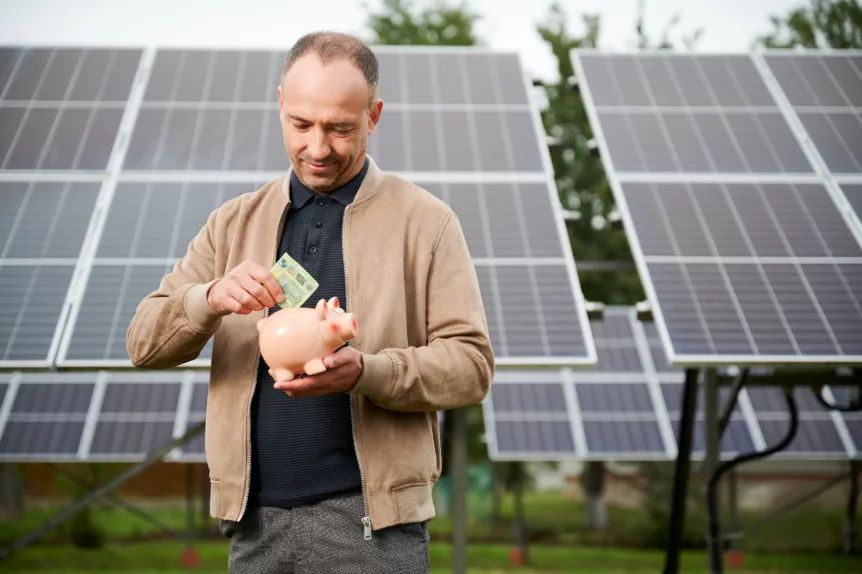
The best time to purchase solar panels is when demand is lower, typically in the spring and fall. Prices tend to peak around the summer months when many homeowners are thinking about going solar. You can take advantage of lower prices by purchasing your system in the spring after the winter slowdown or in the fall before end-of-year tax credit deadlines spur demand. Tracking solar panel pricing trends over the course of a year can help you determine the ideal time to purchase.
Installing during a period of reduced demand can lead to thousands in savings, allowing you to maximize your investment in a solar energy system. Being a savvy buyer and choosing the right time to purchase your panels is one of the most effective ways to reduce the overall cost of going solar.
Install on an Existing Roof
One of the biggest costs when installing solar panels is replacing your existing roof. Many homeowners think they need to re-roof their house before solar panel installation. However, this is often unnecessary. As long as your current roof is in good condition and has at least 10 years of life left, you can install solar panels without replacing it.
Solar panels typically last 25-30 years. As long as your roof will last as long as your solar panel system, you don’t need a new roof just for the solar installation. By avoiding a costly roof replacement, you can save thousands of dollars on your overall solar project costs.
Before installing, have an experienced solar contractor inspect your roof. They can check for leaks, decay, and determine if it can structurally support solar panels. If your roof checks out, move forward with the solar installation. Just make sure your roof warranty won’t be voided by attaching solar panels.
By leveraging your existing roof, you can maximize your solar savings. The money you save by not re-roofing can be put toward high-efficiency solar panels, expanded energy storage, or even more panels to increase your energy offset. Install on an existing roof when possible to avoid this major unexpected cost.
Consider DIY Installation
Installing solar panels yourself rather than hiring a professional can significantly reduce the cost. However, DIY installation has some drawbacks to consider:
Pros of DIY Installation:
- Lower labor costs – You avoid paying installer fees which can account for up to 40% of the total solar panel system cost.
- Greater control – You decide the full process from panel selection to placement.
- Learning experience – Gain hands-on skills and knowledge about your system.
Cons of DIY Installation:
- Safety risks – Solar panel installations require working on rooftops and with electricity.
- Permitting – You’ll need to apply for permits and pass inspections yourself.
- No expert guidance – Mistakes in design or installation can lead to system underperformance.
- No warranty support – You won’t have installer warranties to cover defects or problems.
Carefully weigh the pros and cons to decide if DIY installation will be feasible and worthwhile for your particular home and solar panel system.
Compare Multiple Quotes
When investing in a solar panel system for your home, one of the best ways to find cost savings is to get quotes from multiple installers. Industry experts recommend getting at least 3 quotes before making your decision.
Each installer may offer different solar panel equipment, financing options, and installation pricing. By gathering 3+ quotes, you can compare these factors to find the best overall value and fit for your needs. Some key things to look at in the quotes include:
- System size and estimated production
- Solar panel brands, warranties, and efficiency ratings
- Inverter type and warranty
- Racking and mounting equipment
- Installation costs and labor fees
- Permitting and interconnection fees
- Ongoing maintenance and monitoring services
- Financing terms and interest rates
Being able to compare these items across multiple quotes makes it easier to find potential areas to reduce costs without sacrificing quality. It also allows you to take advantage of price competition among installers in your area.
Additionally, discussing the quotes in-depth with installers provides a chance to negotiate and ask them to match or beat pricing they see from competitors. Most solar companies want to win your business and will often lower costs to do so when given the opportunity.
Taking the extra time to get multiple quotes and have discussions with different installers can seem tedious, but it’s one of the most effective ways to get significant long-term savings on your solar panel system.
Leverage Financial Incentives
One of the best ways to reduce the cost of your solar panel system is to take advantage of available financial incentives. Most states and local governments offer rebates, tax credits, and other incentives to make solar more affordable. It’s important to research what’s available in your area.
Rebates provide an upfront discount on the total cost of your solar panel system. For example, some utilities offer rebates of $500-$1000 per kW installed. This can add up to thousands in savings. Contact your utility to see if they offer solar rebates. Many states also have rebate programs funded by renewable energy initiatives.
The federal government offers a 26% tax credit for installing solar panels through the end of 2022. This tax credit significantly reduces your tax bill. Many states also provide tax credits or exemptions for solar panel systems and the energy they produce.
Financing options like solar leases and PPAs allow you to go solar for little to no money down. Then you make monthly payments for the system that are often lower than your previous utility bills. This spreads out the cost over time. Some banks also offer specific solar loans with competitive interest rates.
By combining available rebates, tax credits, and financing, you can reduce the out-of-pocket cost of your solar panel system by 50% or more. Do your homework to find every incentive available before moving forward with installation. The savings can be substantial.
Choose an Efficient Inverter
The solar inverter is a crucial component of your photovoltaic system. It converts the DC electricity generated by your solar panels into usable AC electricity that can power your home. While inverters may only account for 5-10% of your overall system cost, choosing an efficient inverter can impact long-term savings.
Inverter efficiency refers to how much DC input electricity is converted to AC output electricity. Standard inverters typically have efficiencies around 92-96%. High-efficiency models can reach 98-99% efficiency. This may seem like a small difference, but over 20-25 years of operation, a highly efficient inverter can generate significantly more usable energy from your solar array, maximizing your return on investment.
When shopping for solar inverters, look at the California Energy Commission (CEC) efficiency rating, which measures efficiency at low and high loads. Prioritize inverter models with CEC ratings of 96% or higher. Also consider sizing your inverter properly to your solar array wattage so it runs near peak efficiency during normal operation. Over time, an efficient solar inverter will pay dividends by optimizing energy production.
Maintain Your System
Proper maintenance is crucial for getting the most out of your solar panel system. Regular upkeep and cleaning improves system performance and extends the lifespan of your panels and equipment. Here are some tips for properly maintaining your solar array:
Inspect your solar panels at least twice a year – look for any damage, debris buildup, or signs of wear. Clean the panels with a soft brush and mild soap and water. Don’t use abrasive cleaners. Wipe away any snow, leaves, or dirt that accumulate.
Check electrical connections to make sure they are intact and corrosion-free. Tighten any loose wiring connections. Look for rodent or insect damage. Repair any compromised wires or cables.
Clean the interior and exterior of the inverter cabinet. Make sure ventilation openings are clear of obstructions. Vacuum out any dust buildup to promote airflow.
Prune any overhanging tree branches that may shade your solar array. Keep plants and vegetation from growing too close to the system.
Have a professional solar installer perform periodic maintenance checks and safety inspections. This helps identify and address any underlying issues.
By regularly maintaining your solar panel system, you’ll keep it running at peak efficiency and maximize power production over its lifetime. A well-cared for system will save you more money in the long run.

